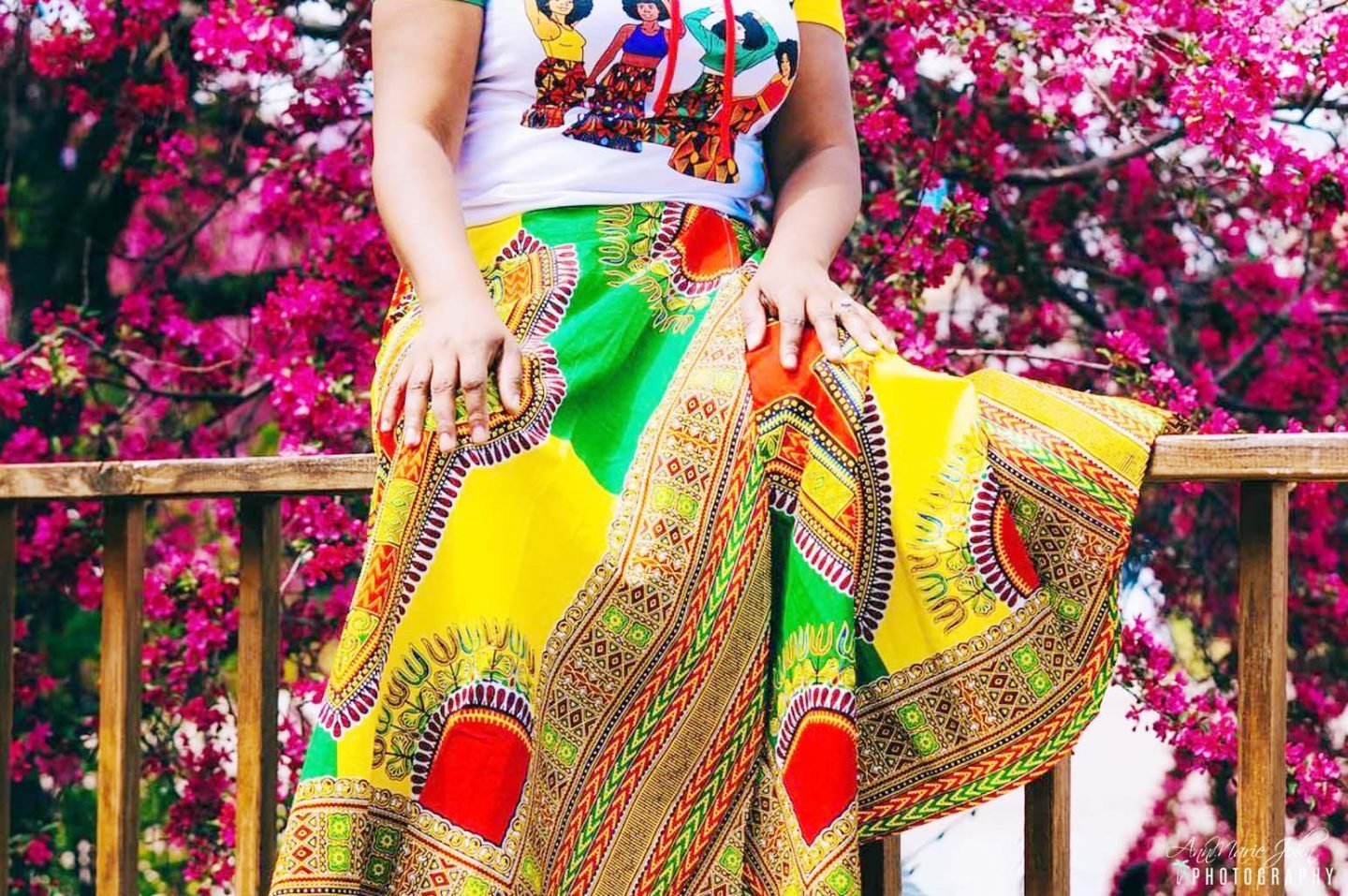There is much more to African clothing than what you might see in popular movies and magazines. The history of African clothing is rich and varied, dating back thousands of years. Clothing has been an essential part of African culture for centuries. They communicate great about the wearer and express individual style and cultural identity.
This blog post will explore the history and origin of African clothing, from traditional garments to contemporary styles. It will also discuss the importance of clothing in African culture and its evolution.

What is the History of African Clothes?
Africans’ clothes were first made of barks and animals, including skin, fur, hides, feathers, and horns. They wore these clothes over the body, but they did not cover it completely, and the rest of their body was covered with beautifications and colorful patterns. People began to cover more of their bodies as time went on, and the clothing became more elaborate.
How did Africans Wear Their Clothes?
Africans used to wear their clothes differently based on their region. For example, in the Horn of Africa, men would typically wear a long piece of cotton or linen fabric around their waist. This garment is known as a sarong, and it is still popular today. In other parts of Africa, such as West Africa, women often wore wraparound skirts made from colorful cloth, or a loose piece of clothing called an iro. The garment might be belted at the waist, with two ends hanging down to cover one leg and another end covering the other leg.
What Are Some Traditional African Clothes?
The most common type of traditional African clothing is called a kanga, which means”cloth” in Swahili. A kanga is a piece of cloth typically about the size of a handkerchief. It is often brightly colored and decorated with symbols or phrases. Kangas are worn as sarongs, headscarves, or shawls. Another traditional garment is the dashiki, a loose-fitting tunic made from colorful cotton fabric. More recently, the dashiki has become popular in other parts of the world because of its stylish design and comfort level.
What Do African Clothes Signify?
Traditional clothing in Africa varies from country to country. However, some features are often seen in African traditional clothing. For example, many traditional African clothes are brightly colored and heavily decorated. They also often feature intricate designs and patterns. These clothes usually signify the wearer’s rank, status, or tribe. In some cases, they may also protect the wearer from bad luck or spiritual harm.
Clothing in African Culture.
The origin of most traditional clothing can be traced back to specific tribes and cultures within Africa. For example, many tribal garments feature intricate beadwork or geometric designs that reflect a particular group’s history and traditions. In many cases, locals still wear traditional clothing as a sign of cultural identity.
However, contemporary African fashion has become increasingly popular in recent years. Many designers are now creating unique African fashion garments that reflect the diversity of African culture. These garments often incorporate traditional elements with modern styles and fabrics. Contemporary African fashion is stylish and often ethically sourced and produced.
The Importance of Clothing in African Culture.
Clothing has always been an essential part of African culture, and it continues to play a significant role today. In many cases, traditional garments are still worn as a sign of cultural identity. Additionally, clothing communicates messages about the wearer’s occupation or marital status. For example, the traditional robes worn by married women in some cultures signify that they are now taken care of by a man. People also use clothes to express their style and personality.
How Has African clothing evolved?
Traditional African clothes have changed a great deal over the years. In some cases, they have been replaced entirely by contemporary styles. However, these garments are still commonly worn in many African countries. Traditional designs and styles often inspire trendy African clothing. It is usually more modern and sleek in design and made from more contemporary materials. However, traditional African clothing remains an integral part of many African cultures.
What Are Some Standard Features of Contemporary African Clothing?
Contemporary African clothing often features bright colors, intricate designs, and traditional patterns, usually made from natural materials such as cotton or silk. Additionally, contemporary African fashion often incorporates modern styles and trends, resulting in stylish and unique garments.

In summary, the history of African clothing is rich and varied. Traditional garments have evolved, and contemporary African fashion has become increasingly popular. Clothing plays a vital role in African culture, and it continues to be a source of expression for the continent’s diverse population. African fashion is unique and expressive, and it continues to grow in popularity around the world
Read Also: Tips on Shopping for Sustainable Fashion
